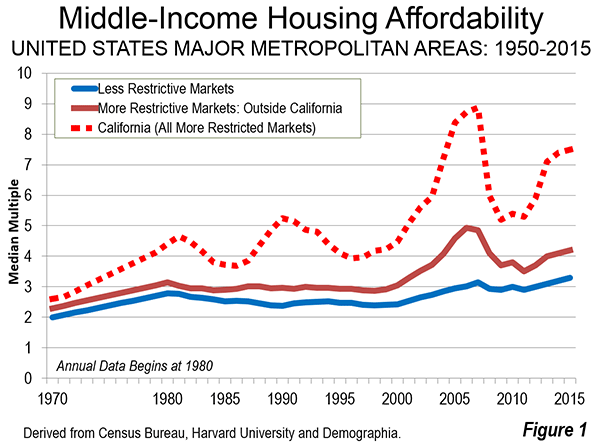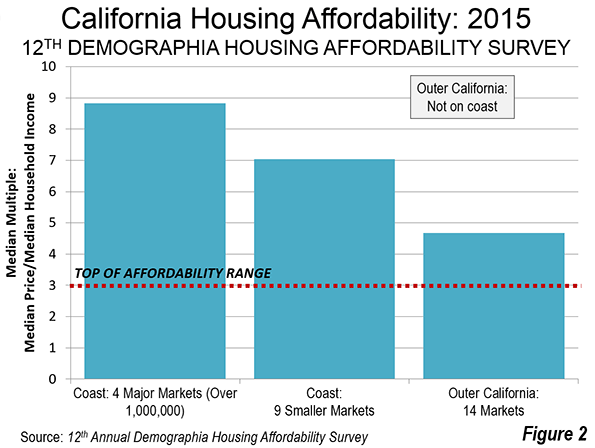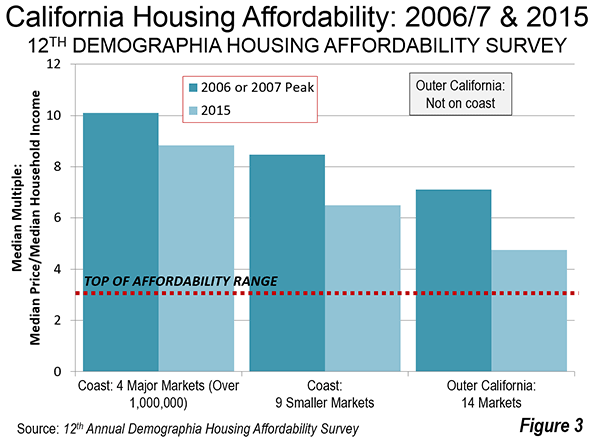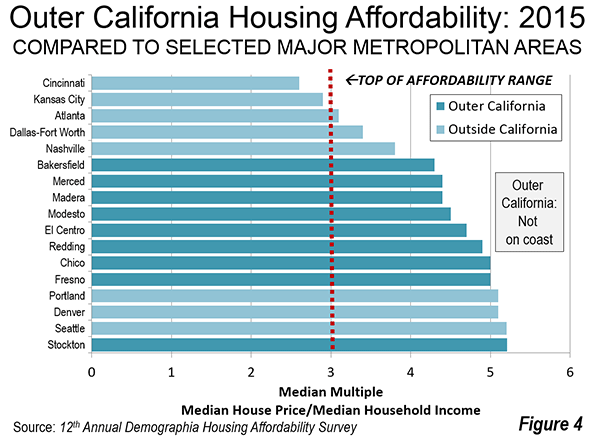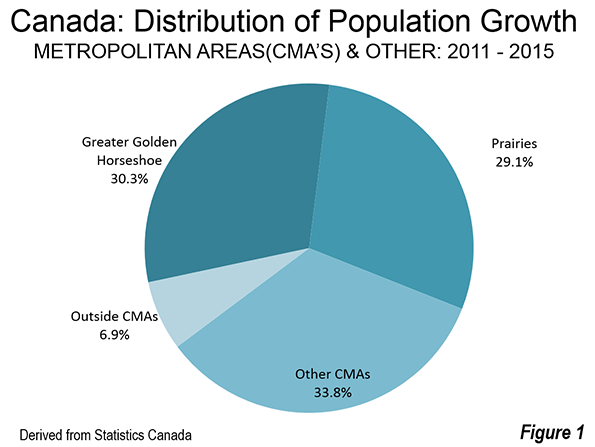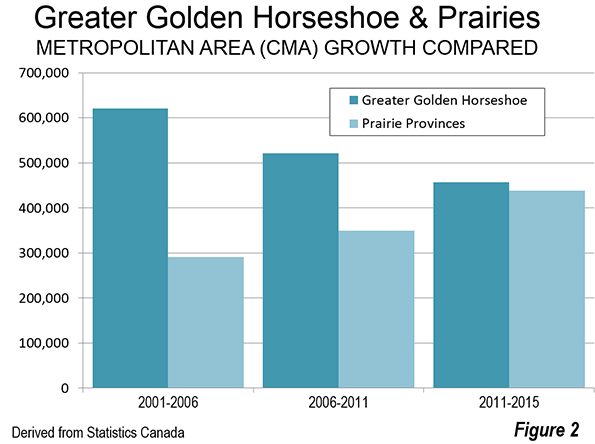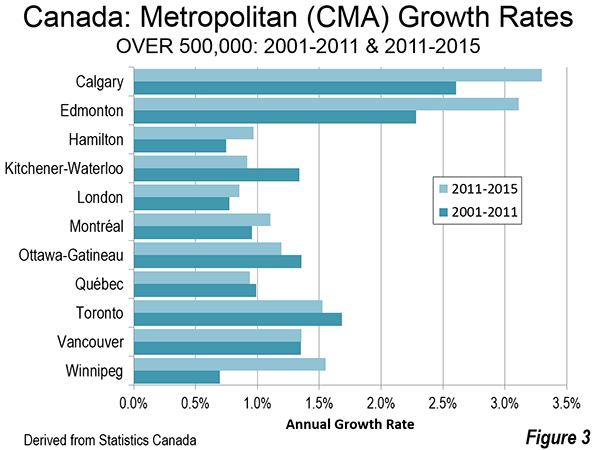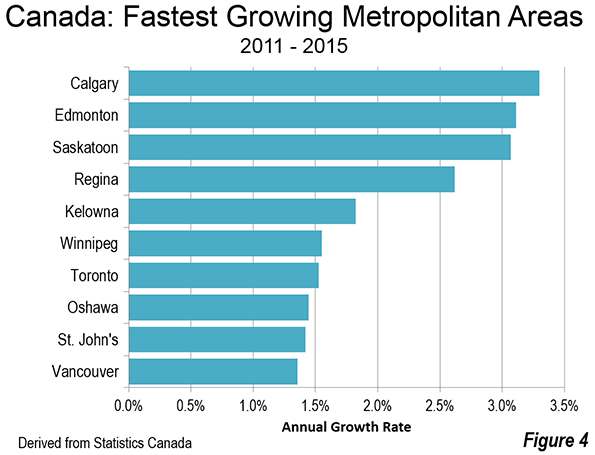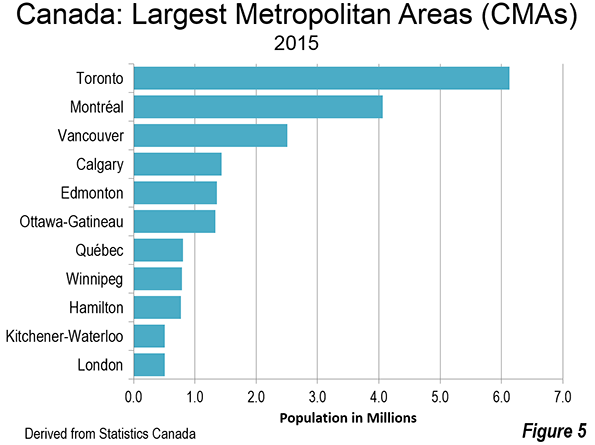An unconventional, sometimes incoherent, resistance arises to the elites who keep explaining why changes that hurt the middle class are actually for its own good.
The Great Rebellion is on and where it leads nobody knows.
Its expressions range from Brexit to the Trump phenomena and includes neo-nationalist and unconventional insurgent movement around the world. It shares no single leader, party or ideology. Its very incoherence, combined with the blindness of its elite opposition, has made it hard for the established parties across what’s left of the democratic world to contain it.
What holds the rebels together is a single idea: the rejection of the neo-liberal crony capitalist order that has arisen since the fall of the Soviet Union. For two decades, this new ruling class could boast of great successes: rising living standards, limited warfare, rapid technological change and an optimism about the future spread of liberal democracy. Now, that’s all fading or failing.
Living standards are stagnating, vicious wars raging, poverty-stricken migrants pouring across borders and class chasms growing. Amidst this, the crony capitalists and their bureaucratic allies have only grown more arrogant and demanding. But the failures of those who occupy what Lenin called “the commanding heights” are obvious to most of the citizens on whose behalf they claim to speak and act.
The Great Rebellion draws on five disparate and sometimes contradictory causes that find common ground in frustration with the steady bureaucratic erosion of democratic self-governance: class resentment, racial concerns, geographic disparities, nationalism, cultural identity. Each of these strains appeals to different constituencies, but together they are creating a political Molotov cocktail.
Class Conflict
The Brexit vote reflected the class aspect of the Rebellion. The London Times post-election analysis , notes socialist author James Heartfield, found the upper classes 57 percent for remain, the upper middle class fairly divided, while everyone below them went roughly two-thirds for leave. It doesn’t get much plainer than that.
This dissent reflect the consequences of the globalization celebrated by elites in both parties. Britain’s industrial workforce, once the wonder of the world, is half as large as it was as just two decades ago. The social status of the British worker, even among the Labour grandees who pay them lip service, has been greatly diminished, notes scholar Dick Hobbs, himself a product of blue collar east London. “There are parts of London,” he writes, “where the pubs are the only economy.”
As labor has struggled, writes Heartfield, “the Labour Party became more distant, metropolitan and elitist. It sought to re-write the party’s policy to mirror its own concerns, and also to diminish working people’s aspirations for social democratic reform in their favour. “
A similar scenario has emerged here in America, where corporations—especially those making consumer goods—have grown fat on access to Chinese, Mexican and other foreign labor. Like their British counterparts, the U.S. working class is falling into social chaos, with declining marriage and church attendance rates, growing drug addiction, poor school performance and even declining life expectancy. Even during the primary campaign, as both Sanders and Trump railed against globalization United Technologies saw fit to announce the movement of a large plant form Indianapolis, where about 1,500 jobs were lost, to Monterrey.
And much as the leave wave crested in just those parts of the U.K. where trade with Europe is highest, so is Trump support highest in the Southern states that now dominate what remains of American manufacturing.
Race and Ethnicity
Ethnic minorities and immigrants have now become core constituents of progressive parties in many countries—the Socialists in France, the British Labour Party and the Democratic Party here in America. In Britain, it never occurred to party’s leaders that most new jobs created during the Blair and Brown regimes went to newcomers. One can admire the pluck of Polish plumbers, Latvian barmaids, Greek waiters and French technicians and still note that many of these jobs could have gone to native born British. This includes the children of the mostly non-white commonwealth immigrants who are now part of the country’s national culture.
The parallels in America—a much larger, richer and more diverse country—are striking. Silicon Valley and corporate America loves to bring in glorified indentured servants from abroad, earning the assent of Hillary Clinton and the corporate shill wing of the GOP. Only Trump and Sanders have attacked this program, which has cost even trained American workers their jobs.
As tends to occur when race and ethnicity intrude, ugliness here seeps into the Great Rebellion. Trump has consciously and irresponsibly stoked ethnic resentments tied to immigration. Anti-EU continental Europeans— notably in eastern Europe but also France’s Marine Le Pen— often outdo our TV billionaire’s provocations.
Geographic Disparities
The Brexit vote also revealed a chasm between the metropolitan core and the rest of the country. The urban centers of London, Manchester and Liverpool all voted Remain. Central London has benefited from being where the world’s super rich park their money. The devastation of the industrial economy in the periphery has hardly touched the posh precincts of the premier global city.
In contrast the more distant, often working class, suburbs of London and other cities voted to Leave. Small towns followed suit. The Brexit vote, suggests analyst Aaron Renn, demonstrated that arrogant urbanites, seeing themselves as the exclusive centers of civilization, ignore those who live outside the “glamour zone” at their own peril.
Similar voting patterns can be seen in the US. The countryside, except for retirement havens of the rich, has gone way to the right. The suburbs are tilting that way, and could become more rebellious as aggressive “disparate impact” policies force communities to reshape themselves to meet HUD’s social engineering standards —for example if they are too middle class or too white—even if there is no proof of actual discrimination.
Needless to say, such policies could enhance the geographic base of the Great Rebellion, including among middle=class minorities who are now responsible for much of our current suburban growth. Already the small towns and outer suburbs have signed up with Trump; if he can make clear the threat to suburbia from the planners, he could, despite his boorish ugliness, win these areas and the election.
Nationalism and Cultural Identity
Nationalism gets a bad rap in Europe, for historically sound reasons. Yet these national cultures also have produced much of the world’s great literature and music, and the world’s most beautiful cities. Yet in contemporary Europe, these national cultures are diminishing. Instead the crony capitalist regime gives us Rem Koolhaas’ repetitiousgeneric city, often as stultifying as the most mindless suburban mall.
Not just buildings, but historic values are also being undermined, as universities and even grade schools seek to replace cherished values with post-modernist, politically correct formulations. English students at Yale protest having to read Chaucer, Shakespeare or Milton, the foundation writers of the world’s common language whose greatest sin, it appears, was to be both English and male.
Of course, cultural and political nationalism often shows an ugly side. But everyone who shouts for the British national soccer team or chants USA at the Olympics is not a fascist; they are just people who love their country. Yet academia, the shaper of the young and impressionable, now sometimes regard any positive assessment of America as the land of opportunity or even the American flag as “micro-aggressions.” Brits and Americans have much to be ashamed about in their history, but their glorious achievements remain inspirational to many, who find attempts to replace them with some tortured global syncretism foolish and counterproductive.
Governance and Localism
When Brits told pollsters why they had voted to leave the EU, notes James Heartfield, immigration and national identity ranked high but democracy and self-governance was at the top of the list. In contrast, classes who supported remain—the mainstream media, academia, the legal and financial establishments—increasingly see themselves as rightful rulers, the benighted masses be damned.
This anti-EU rebellion is hardly limited to Britain. Since 2005 French, Danish and Dutchvoters have voted against closer EU ties. Hostility to the EU, as recorded by Pew, is actually stronger in many key European countries, including France, than it is in Britain. And after the Brexit vote, there are already moves for similar exit referenda in several European countries.
But like Washington bureaucrats who can’t be bothered to pay much attention to the views of the underlings of the Heartland, the Eurocrats want to double down. But like Washington bureaucrats who can’t be bothered to pay much attention to the views of the underlings of the Heartland, the Eurocrats want to double down. The Germans, the effective rulers of Europe, have reacted to Brexit with talk about ways to “deepen” the EU, creating the basis for what some have argued would be essentially “a superstate”. This policy approach seems about as brilliant as that of Lord North, whose response to American agitation was to further tighten London’s screws. That certainly worked well.
— bringing to mind Lord North, who responded to colonial agitation by further tightening London’s screws.
This arrogance, in part, stems froms what one writer at the Atlantic has called the war on the stupid. In this formulation, those with elite degrees, including the hegemons on Wall Street and Silicon Valley, dismiss local control as rule by the Yahoos. The progressive ideal of government by experts—sometimes seen as “the technocracy”—may sounds good in Palo Alto or London, but often promise a dim future for the middle class. Expert regulation, often with green goals in mind, take hard-earned gains like car and home ownership and cheap air travel all but out of reach for the middle class, while keeping them around for the globe-trotting elites.
Where does this go
The Great Rebellion is, if nothing else, politically incoherent.
Some conservatives hail it as a harbinger of the decline of progressivism. Traditional leftists hope for the return of state socialism, directed from national capitals. Racists see a vindication for their world view. Libertarians hail de-regulation while others, on the nationalist right, embrace the authoritarian nationalism of Vladimir Putin.
Yet for all its divergent views, the Great Rebellion has accomplished this: the first serious blow to the relentless ascendency of neo-liberal crony capitalism. The revels have put the issue of the super-state and the cause of returning power closer to the people back on the agenda. The Great Rebellion allows localities relief from overweening regulations, cities to be as urban as they want, and the periphery choose how they wish to develop.
The Rebellion also allows us to move beyond enforced standards of racial “balance” and reparations , replacing the chaos of unenforced borders and enforced “diversity” with something more gradual and organic in nature. Our hope on race and ethnicity lies not in rule-making from above , but in allowing the multiculturalism of the streets to occur, as is rapidly does, in suburban schoolyards, soccer pitches and Main Streets across the Western world.
National cultures do not need to be annihilated but allowed to evolve. In Texas, California, and across the southwestern, Spanish phraseology, Mexican food and music are already very mainstream. Without lectures from the White House or preening professors, African-American strains will continue to define our national culture, particularly in the south. In Europe, few object to couscous on bistro menus, falafel on the streets and, in Britain, the obligatory curry at the pub.
The Great Rebellion is much more than the triumph of nativism, stupidity and crudeness widely denounced in the mainstream media. Ethnic integration and even globalization will continue, but shaped by the wishes of democratic peoples, not corporate hegemons or bureaucratic know-it-alls. We can now once again aspire to a better world—better because it will be one that people, not autocrats, have decided to make.
This piece originally appeared in The Daily Beast.
![]()



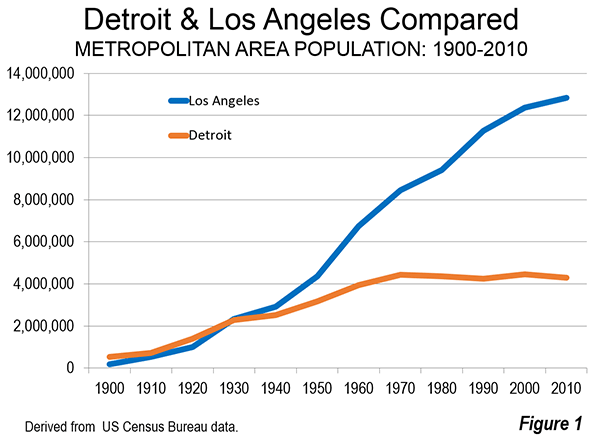
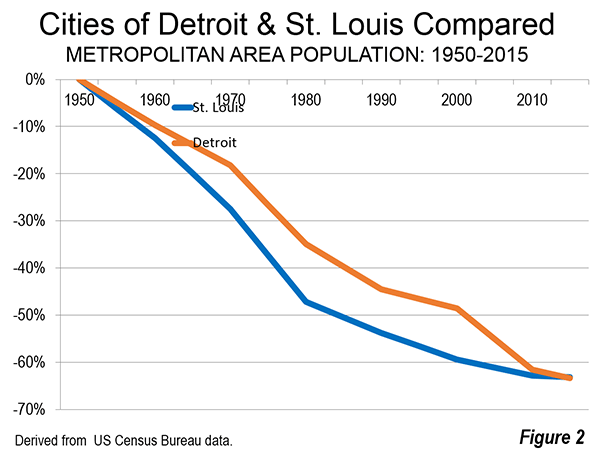
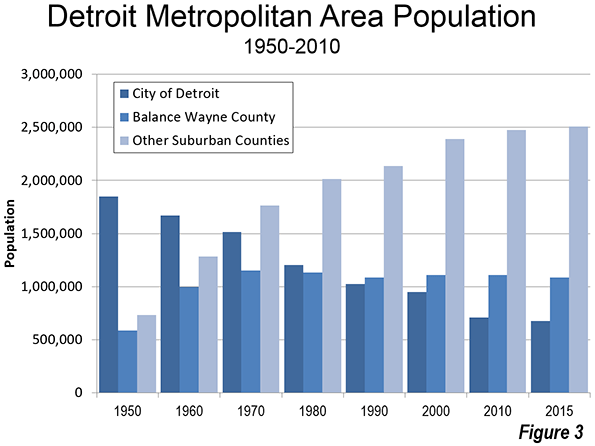
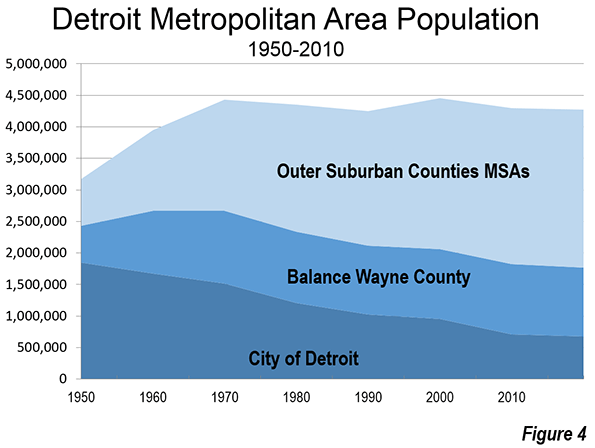

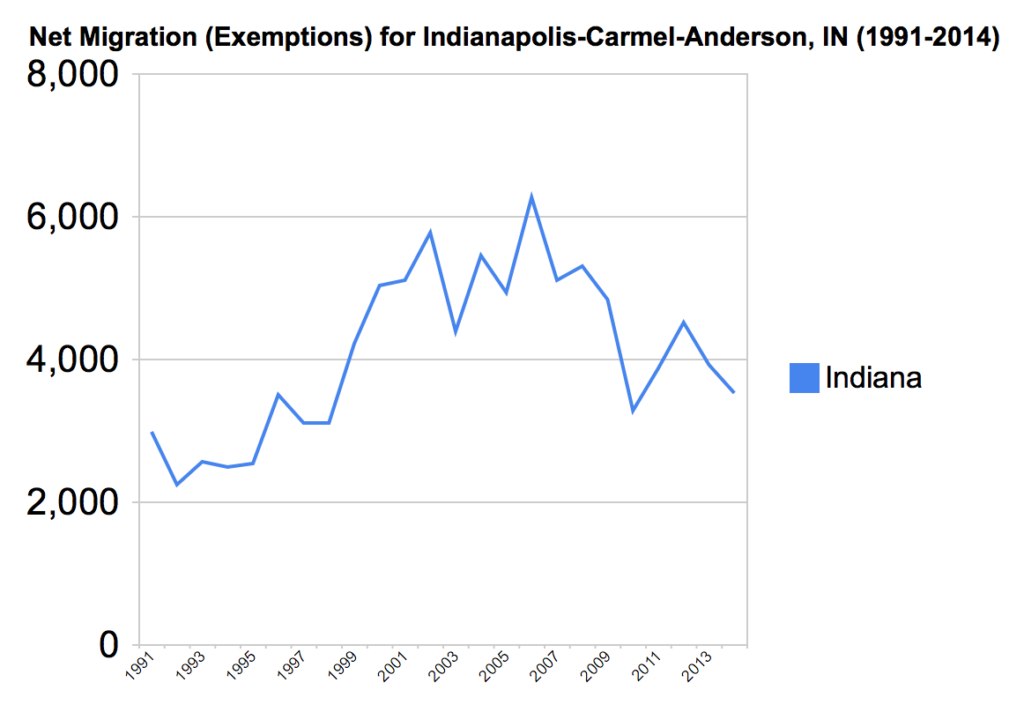
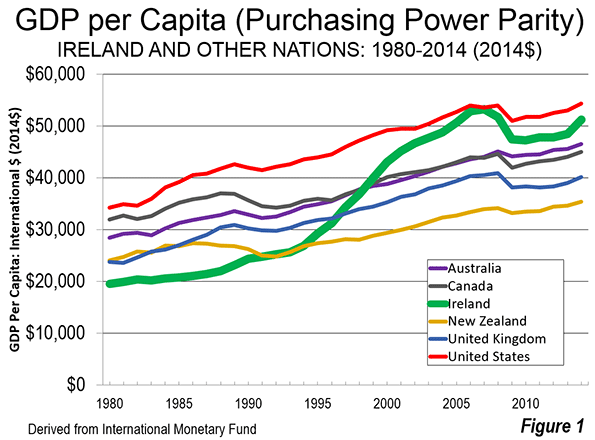
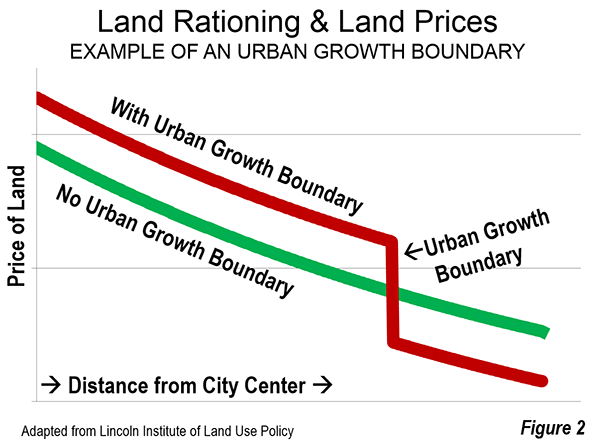
 , a collection of historical travel essays, and
, a collection of historical travel essays, and 